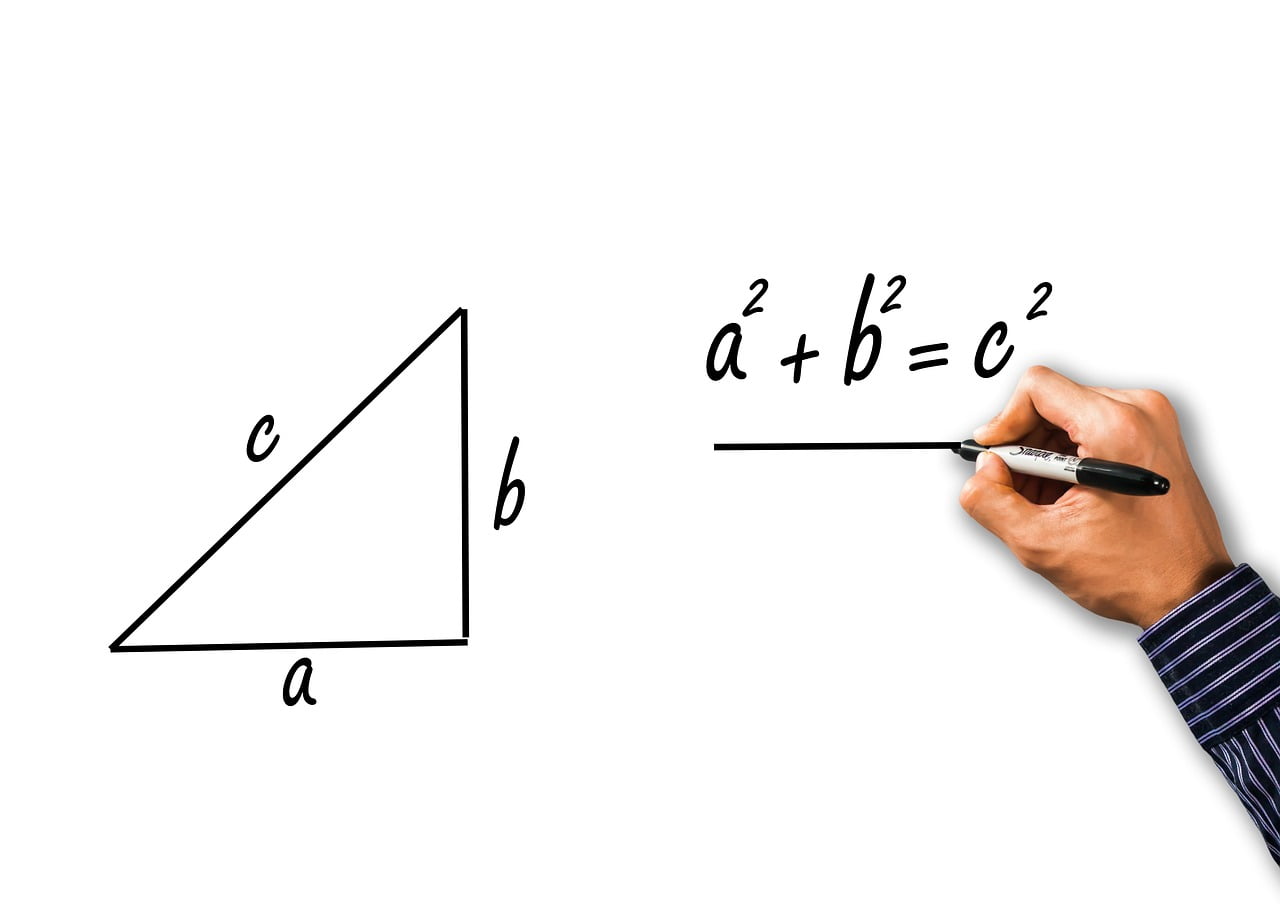Pythagorean Theorem Found on Clay Tablet: What It Means for Math History
A clay tablet dating back to 1700 BC has been discovered that contains the Pythagorean theorem, making it the oldest known example of this mathematical formula by over 1,000 years. The tablet was found in Babylon, and it is now on display at the British Museum in London.
What is the Pythagorean theorem?
The Pythagorean theorem is a mathematical formula that states that in a right triangle, the square of the hypotenuse is equal to the sum of the squares of the other two sides. In other words, if a right triangle has sides of length a, b, and c, where c is the hypotenuse, then the Pythagorean theorem can be written as:
a2 + b2 = c2
Also Read : Google Quantum Computers: The Future of Computing
Why is the discovery of this clay tablet important?
The discovery of this clay tablet is important because it shows that the Pythagorean theorem was known and used by Babylonian mathematicians long before Pythagoras was born. This raises the question of whether Pythagoras actually discovered the theorem himself, or whether he simply learned about it from the Babylonians.
How did the Babylonians use the Pythagorean theorem?
The Babylonians used the Pythagorean theorem for a variety of purposes, including surveying land, building temples, and navigating the stars. For example, surveyors could use the theorem to calculate the distance between two points if they knew the lengths of the sides of a right triangle formed by the two points.
What did the discovery of the clay tablet reveal about Babylonian mathematics?
The discovery of the clay tablet revealed that Babylonian mathematics was much more advanced than previously thought. The Babylonians were able to solve complex mathematical problems and develop sophisticated mathematical concepts.
Read Now : Everything You Need to Know Raspberry Pi 5 vs Raspberry Pi 4
What other mathematical advances did the Babylonians make?
In addition to the Pythagorean theorem, the Babylonians also made a number of other advances in mathematics, including:
- Developing a sexagesimal number system, which is the basis of our modern system of time measurement.
- Inventing the abacus, which is a calculating device.
- Solving quadratic equations.
- Calculating the circumference of a circle.
How did Babylonian mathematics influence other cultures?
Babylonian mathematics had a profound influence on other cultures, including the Greeks, the Arabs, and the Indians. The Greeks learned mathematics from the Babylonians, and they went on to develop their own mathematical theories. The Arabs also learned mathematics from the Babylonians, and they helped to spread Babylonian mathematical knowledge to Europe.
What is the legacy of Babylonian mathematics?
Babylonian mathematics has had a lasting legacy on our world. Many of the mathematical concepts that we use today were developed by the Babylonians. Babylonian mathematics also helped to lay the foundation for modern science and technology.
Also Read : Commander, Biden’s Dog Bites Secret Service Agent Again, 11th Incident in a Year
The Pythagorean theorem in modern life
The Pythagorean theorem is used in a wide variety of fields today, including mathematics, science, engineering, and construction. For example, the Pythagorean theorem is used to calculate the distance between two points, the height of a building, and the area of a triangle.
Examples of the Pythagorean theorem in use
Here are a few examples of the Pythagorean theorem in use:
- A surveyor uses the Pythagorean theorem to calculate the distance between two points on a map.
- An architect uses the Pythagorean theorem to design a building that is structurally sound.
- A carpenter uses the Pythagorean theorem to cut a piece of wood to the correct size.
- A pilot uses the Pythagorean theorem to calculate the distance to a destination.
The Pythagorean theorem and popular culture
The Pythagorean theorem has also been featured in popular culture, such as in the movies “The Matrix” and “Good Will Hunting.” In “The Matrix,” the Pythagorean theorem is used to explain how the Matrix works. In “Good Will Hunting,” the main character, Will Hunting, is a mathematical genius who can solve complex mathematical problems, including the Pythagorean theorem.
Also Read : Disease X: The Next Pandemic?
Conclusion
The discovery of the clay tablet containing the Pythagorean theorem is a significant event in the history of mathematics. It shows that the Pythagorean theorem was known and used by Babylonian mathematicians long before Pythagoras was born. Babylonian mathematics was



